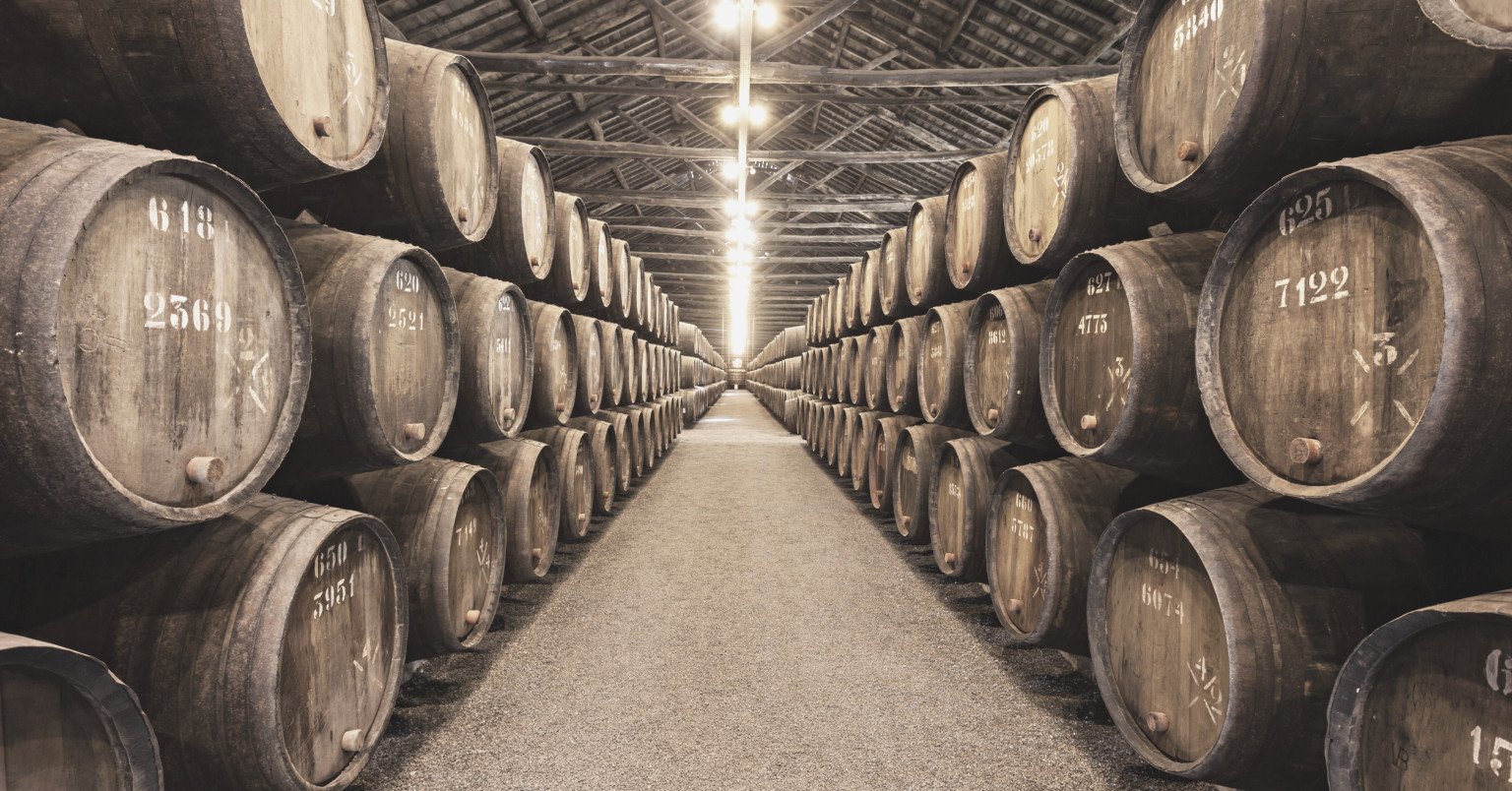Fine wine vs alternative assets - what are the differences?
 Wine belongs to an alternative asset class which includes valuables such as art, jewellery, antiques, toys, watches and classic cars. Investors who consider investing in wine often do so in the context of other alternative assets.
Wine belongs to an alternative asset class which includes valuables such as art, jewellery, antiques, toys, watches and classic cars. Investors who consider investing in wine often do so in the context of other alternative assets.
Why do investors choose wine instead of other valuables? Heres a brief overview of how wine differs from other alternative assets.
Market data
When analysing historical data of different wines, vintages and regions, its possible to better predict price behaviour in the future when compared to other valuables. As the wine market is getting digitised, there are many online trading platforms which make market data easily accessible. This enables wine experts to conduct technical analyses of wines based on their scores, past performance and market trends. Trading in other valuables is usually conducted through auction houses, which might not take place often enough to have relevant market data available.
Demand-supply principle
Wine is a product that gets better over the years while becoming increasingly rare on the market. This is where the demand-supply principle comes into play - demand grows as the wine ages and there are less and less bottles of this certain wine left on the market. This in turn leads to a price increase over time.
Logistics and storage
Fine wines have well-established storage and logistics networks located all around the world which make it possible to store wine in the right conditions, safely and documented. The storage and maintenance costs of wines are quite cheap regardless of value. While the prices of sports car spare parts can cost up to several thousand euros, the annual cost of owning wine is a maximum of 15-20 euros, often even cheaper. For example, in the WineFortune cellars storing a bottle of wine costs only 2 euros per year.
Low entry barrier
From an investment standpoint, when compared to other valuables, wine is quite affordable in terms of investment entry barriers - depending on the wine its possible to invest starting from 50 when you buy the wine early enough. We would recommend en primeur wines to get the best price possible or choose a subscription package for investing.
Relatively affordable for the end customer
Fine wine is a relatively affordable asset for its consumers. When thinking of a fine wine consumer, it’s usually a wealthy person. During a period of economic crisis, they may not buy a Ferrari that costs 20 million euros, but a bottle of wine that costs 15 000 euros is still affordable.